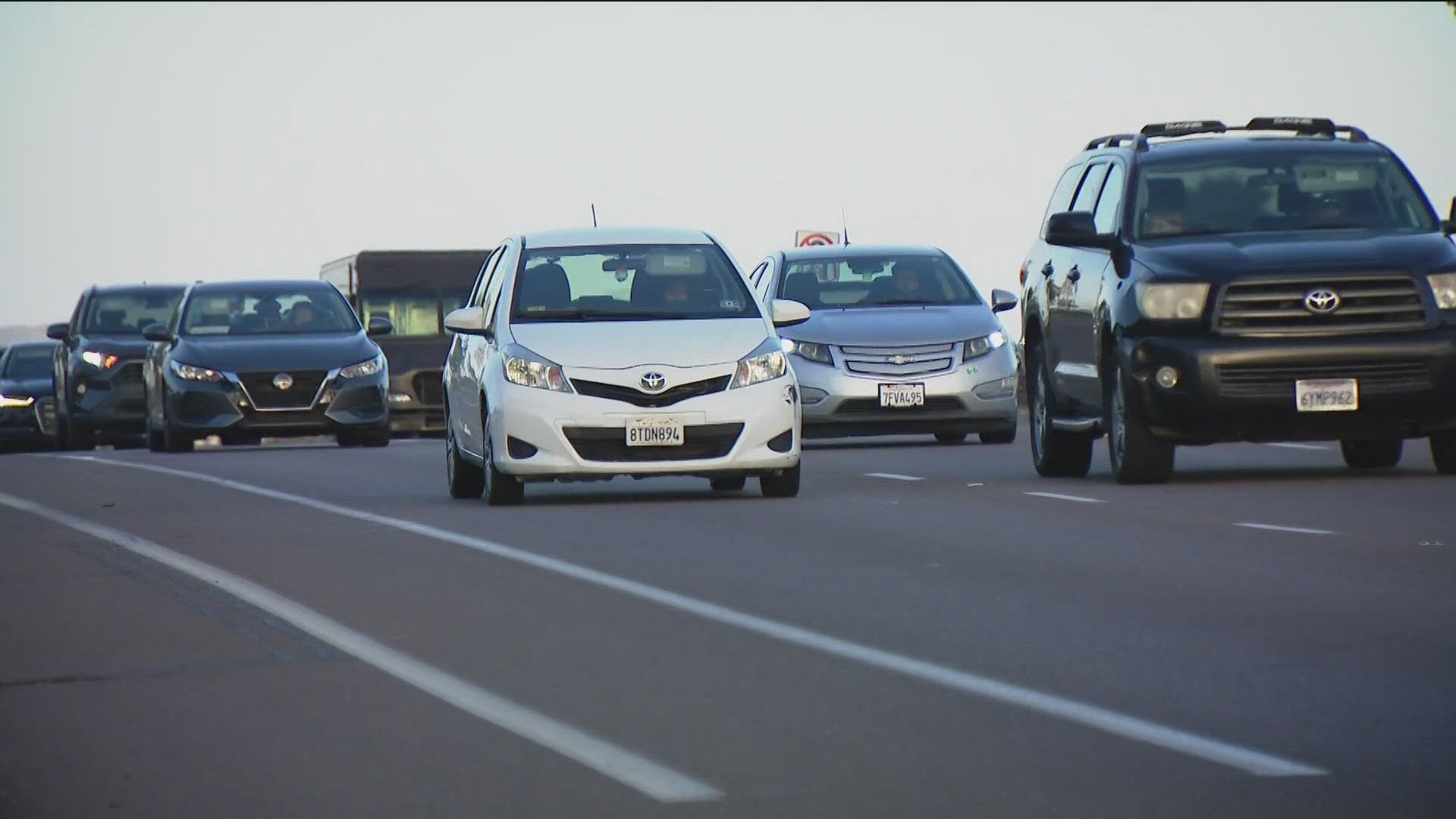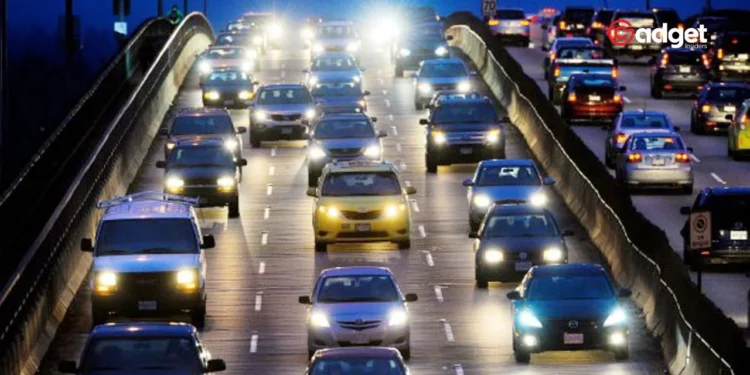In a groundbreaking move, California lawmakers have recently passed a bill that could transform road safety standards not only within the state but potentially across the nation. The bill, known as SB 961, mandates that new cars be equipped with a technology designed to alert drivers when they are speeding.
This legislation reflects California’s ongoing commitment to enhancing road safety and could set a precedent for other states to follow.

Understanding SB 961: A Closer Look at the Speed Alert Technology
The bill specifically targets the implementation of passive intelligent speed assistance systems in new vehicles. These systems are engineered to utilize GPS data in conjunction with a database of posted speed limits to actively monitor vehicle speed.
When a driver exceeds the speed limit by more than 10 miles per hour, the system issues a one-time visual and audio alert to notify the driver of the infraction. Interestingly, the system is designed to adapt to varying speed limits, defaulting to the higher limit in zones with multiple postings.
This proactive approach to speed management is not just about reducing speeding. It’s about subtly encouraging drivers to maintain safe driving speeds, particularly in urban areas where the risk of accidents is higher. The visual and audio alerts serve as immediate reminders, potentially curbing dangerous driving behaviors before they lead to more severe consequences.

A National Movement for Safer Roads
California’s initiative is not isolated. The European Union is set to roll out similar regulations starting in July, requiring new cars to have passive speed limiters. This international interest in speed regulation technology underscores a global recognition of the need for innovative solutions to enhance road safety.
Furthermore, both the National Transportation Safety Board and the Insurance Institute for Highway Safety have expressed support for this type of technology. Their backing highlights the potential for widespread adoption within the U.S., should the California bill prove successful.

California: Implications and Future Outlook
As the bill progresses through the legislative process, with a requirement for half of all new cars by 2029 and all by 2032 to include this technology, its implications are vast.
For one, it could drastically reduce the number of speed-related accidents, a stubborn issue in U.S. road safety statistics. More so, it could lead to a cultural shift in driving, where speed alerts become as standard as seatbelt reminders.

Should this bill be signed into law, it could prompt other states to consider similar measures, sparking a nationwide change in how speed is managed on American roads. The success of this bill in California could very well dictate the future of road safety across the country, making the roads safer for everyone.
While there is no single solution to the complex issue of road safety, innovations like SB 961 represent significant steps forward. By leveraging technology to tackle speeding—one of the most prevalent risk factors in road accidents—California is leading by example.
The state’s proactive stance not only aims to reduce the incidence of road mishaps but also enhances the overall driving environment, making it safer for every road user.










